Development
The birth of a film starts with ideation—the process of generating a compelling idea that is ripe for storytelling. This foundation sets the premise for conflict, plot development, and the eventual script. During ideation, it's vital to consider if your concept has the endurance to sustain a feature-length production and captivate an audience.
Pre-Production
Pre-Production is the planning phase where your idea begins to take shape. Key activities include budgeting, casting for your cast and crew, storyboarding, and location scouting. It's a strategic period where you solidify your script, outline the plot, and ensure the story is conveyed effectively through careful planning. This phase determines the logistical and creative direction of your project.
Production
The Production phase is when actual filming takes place. It involves coordinating the cast, crew, and equipment at various locations to capture the scenes written in the script. In this stage, cinematography and lighting play crucial roles in bringing the film's aesthetic to life. Shooting effective camera angles during the production stage is pivotal to telling your story visually.
Post-Production
In Post-Production, your raw footage is transformed into a polished film through editing, the integration of visual effects, and the application of sound design. Color grading and the use of editing software refine the visual experience, while sound layers add depth to the storytelling. This final phase culminates in a ready-to-release product that embodies your initial vision.
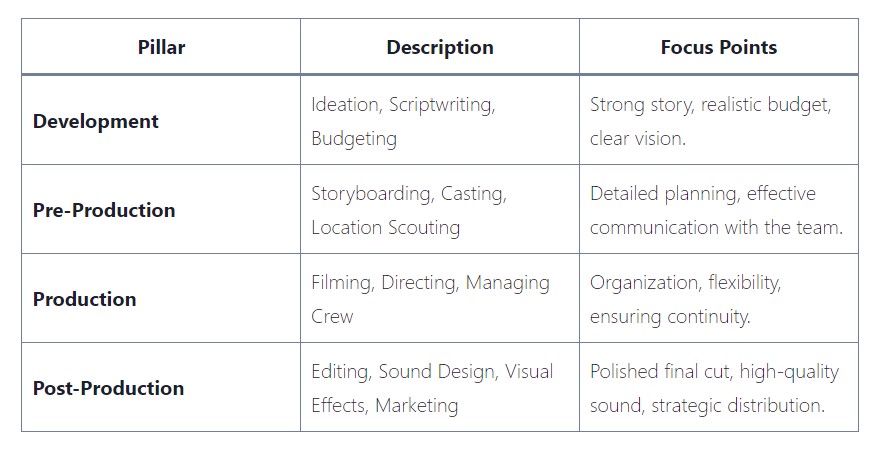
WE DO IT ALL
Before you begin your filmmaking journey, it's crucial to familiarize yourself with the four fundamental pillars of the filmmaking process: Ideation, Pre-Production, Production, and Post-Production. Each stage plays a vital role in transforming a mere concept into a compelling visual narrative.
Classes
FOR BEGINNERS
$75 for single day workshop
Focus: Basic techniques. game (role)playing, introduction to film making and foundational skills.
Duration: Single day workshops and/or 4 week course.
INTERMEDIATE
$400 for 6 week course.
Focus: Advanced techniques, deeper understanding of the craft and portfolio building exercises.
Duration: 6 Weeks
ADVANCED
$1,000 for 10 week course.
Individuals refine their skills and get ready for filming, acting and theater. Aiming for professional level skills.
Focus: Specialized topics, (e.g., directing, screenwriting, cinematography), intense hands on training and preparation for professional opportunities.
Duration: 10 Weeks
SCREENPLAY
$100
By the time you graduate from our unique alternative to film school, you'll have a finished screenplay or outline. AND have it turned into a film to be submitted to film festivals!
CINEMATOGRAPHY
$100
Includes shadowing a DP on the set of a film.
The DP (Director of Photography/AKA cinematographer) works side-by-side with the director from the beginning of a film's conception to collaborate on the look and feel of the film. The DP is responsible for how the shots are composed and blocked and how the scenes are lit. As such, the DP works closely with the director to bring his or her vision to the screen.
The DP is the director's partner, confidant and at times, their only friend on the set. While the director works with the talent, it is the DPs job to run the crew. Together, they come up with the film's shots and they constantly look for ways to make every image better than expected. It's a never-ending quest that only gets more interesting with experience.
DIRECTING
$200
Includes shadowing a director on the film set.
The late and great film director Stanley Kubrick (Spartacus, 2001, Dr. Strangelove, Clockwork Orange, The Shining, Eyes Wide Shut, and more) described film directing as, "Trying to write War and Peace in a bumper car at an amusement park…"
The film director is in charge of the creative aspects of a film, ensuring their vision of the story gets to the screen in the face of constant chaos. Are you up to the challenge? If film directing is for you, we can help you obtain the necessary skills for becoming a professional director.
With us, you will study inside a real film production company in your city as you develop your movie idea through private instruction with a professional filmmaker.
WHAT ELSE DO WE DO?
Crew / Actors / Actresses
Youth Rehab / Career Placement
Additional Services
CONTINUING EDUCATION IN THESE AREAS:
- PRODUCING
- ACTING CLASSES
- ACTING SEMINARS ONCE A MONTH
- DIRECTING
- SCRIPT / STORY / SCREENWRITING / CREATIVE WRITING
- FILM / VIDEO EDITING
- CINEMATOGRAPHY
- ADOBE AFTER EFFECTS
- ADVANCED DIPLOMA IN FILM STUDIES
- ENTERTAINMENT AND BROADCAST MEDIA
- EXPLORING MOVIE CONSTRUCTION AND PRODUCTION
- DSLR FILM-MAKING FROM BEGINNER TO PRO
- DOCUMENTARY FILM-MAKING
- FILM LIGHTING
- VFX VISUAL EFFECTS
- PROFESSIONAL HAIR / MAKEUP
SOME OF OUR INSPIRATION
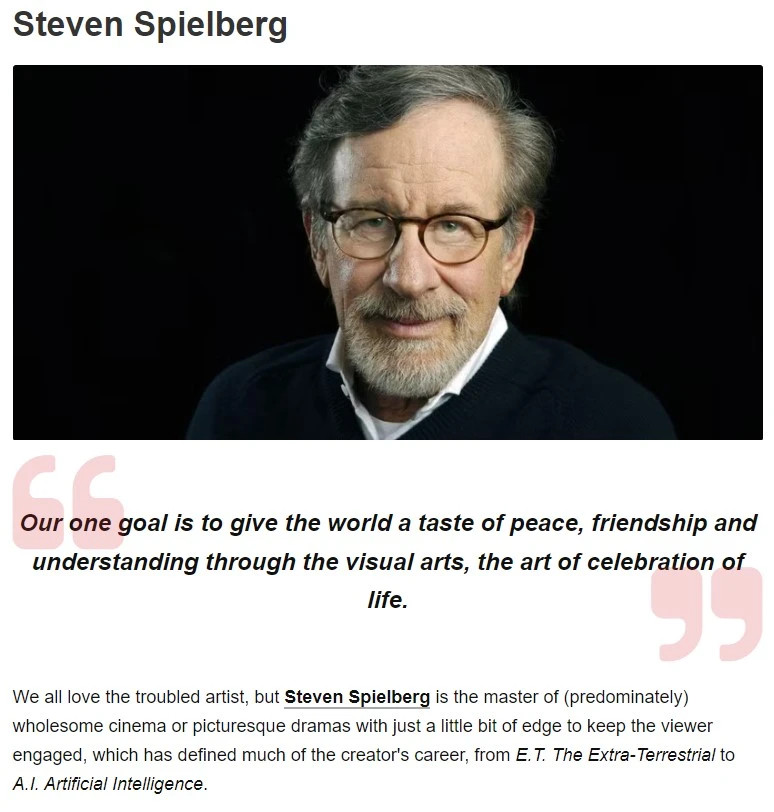
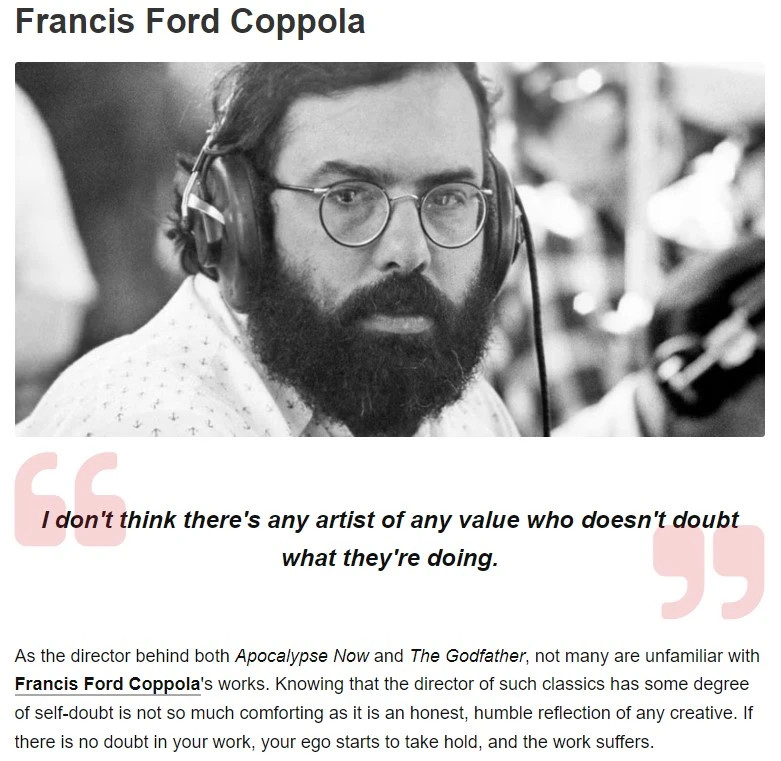
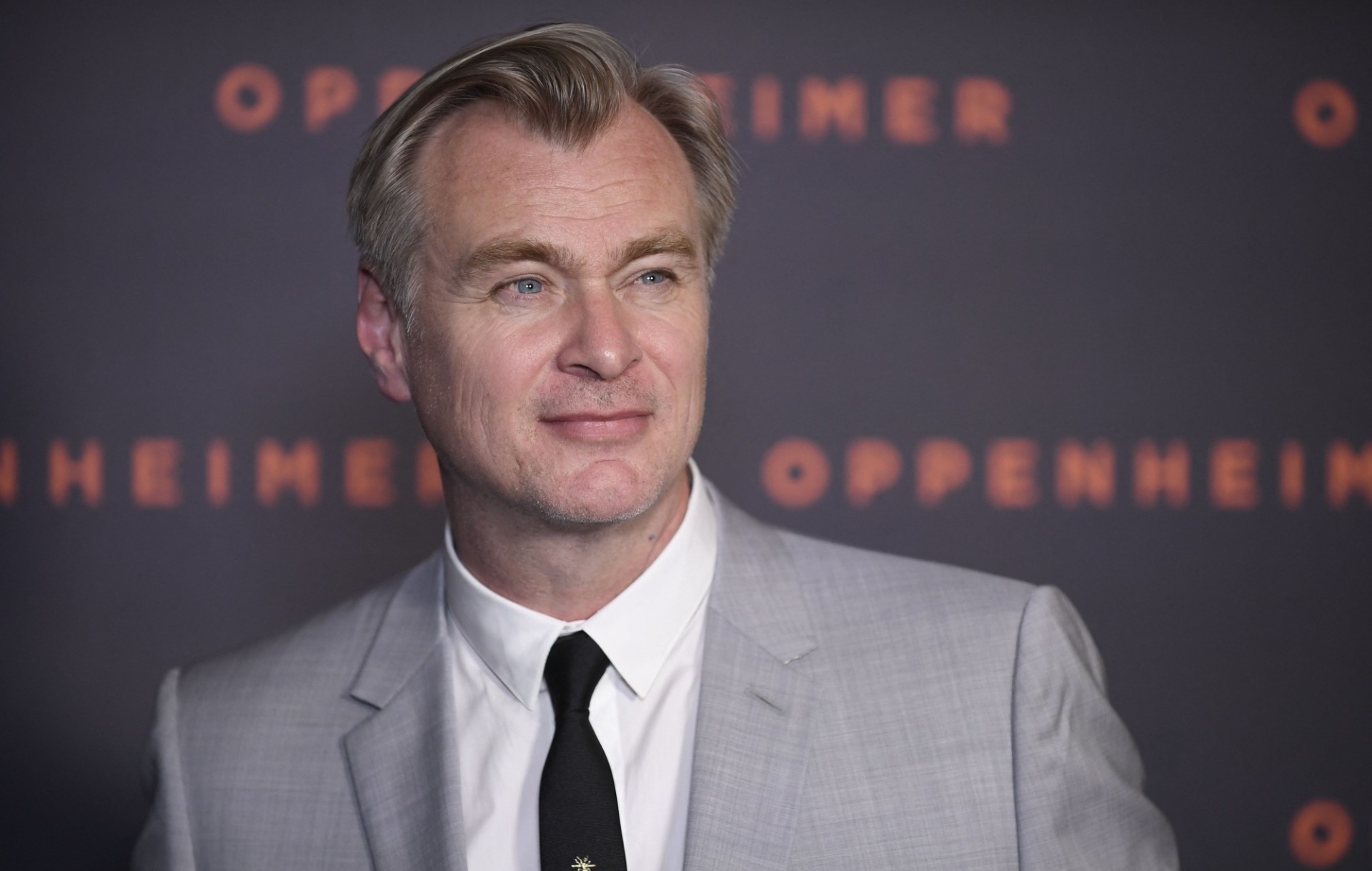
CHRISTOPHER NOLAN
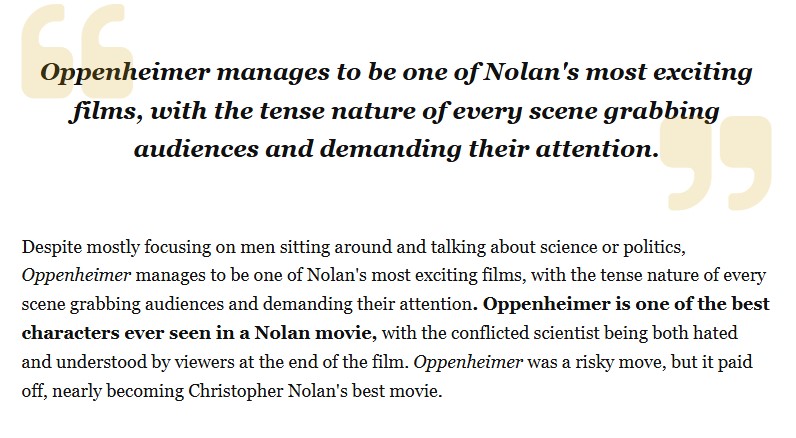
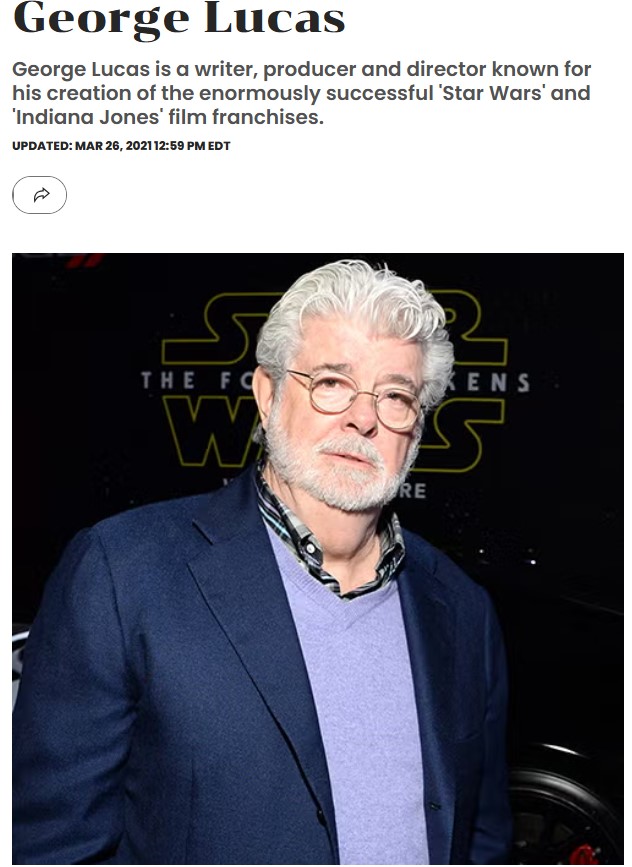
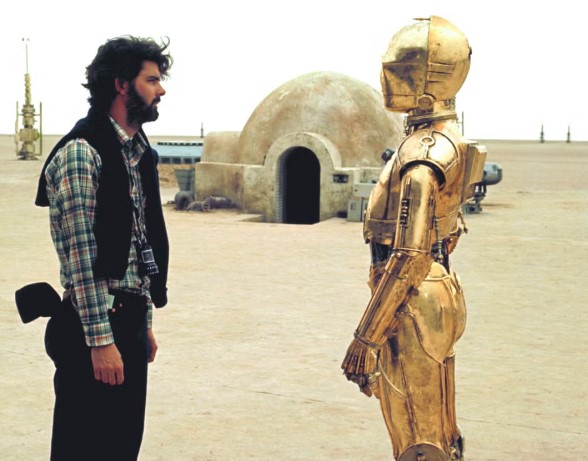
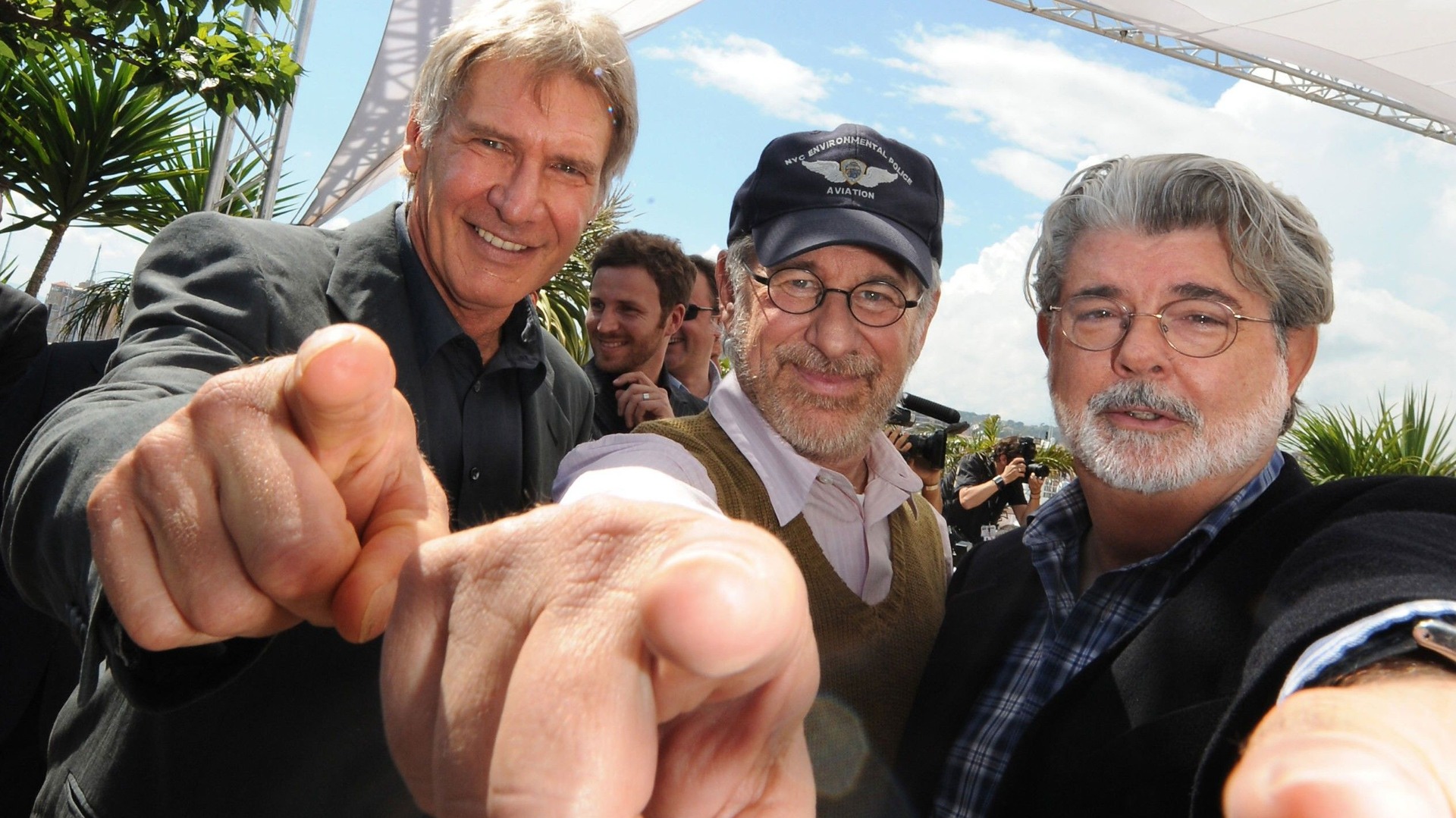
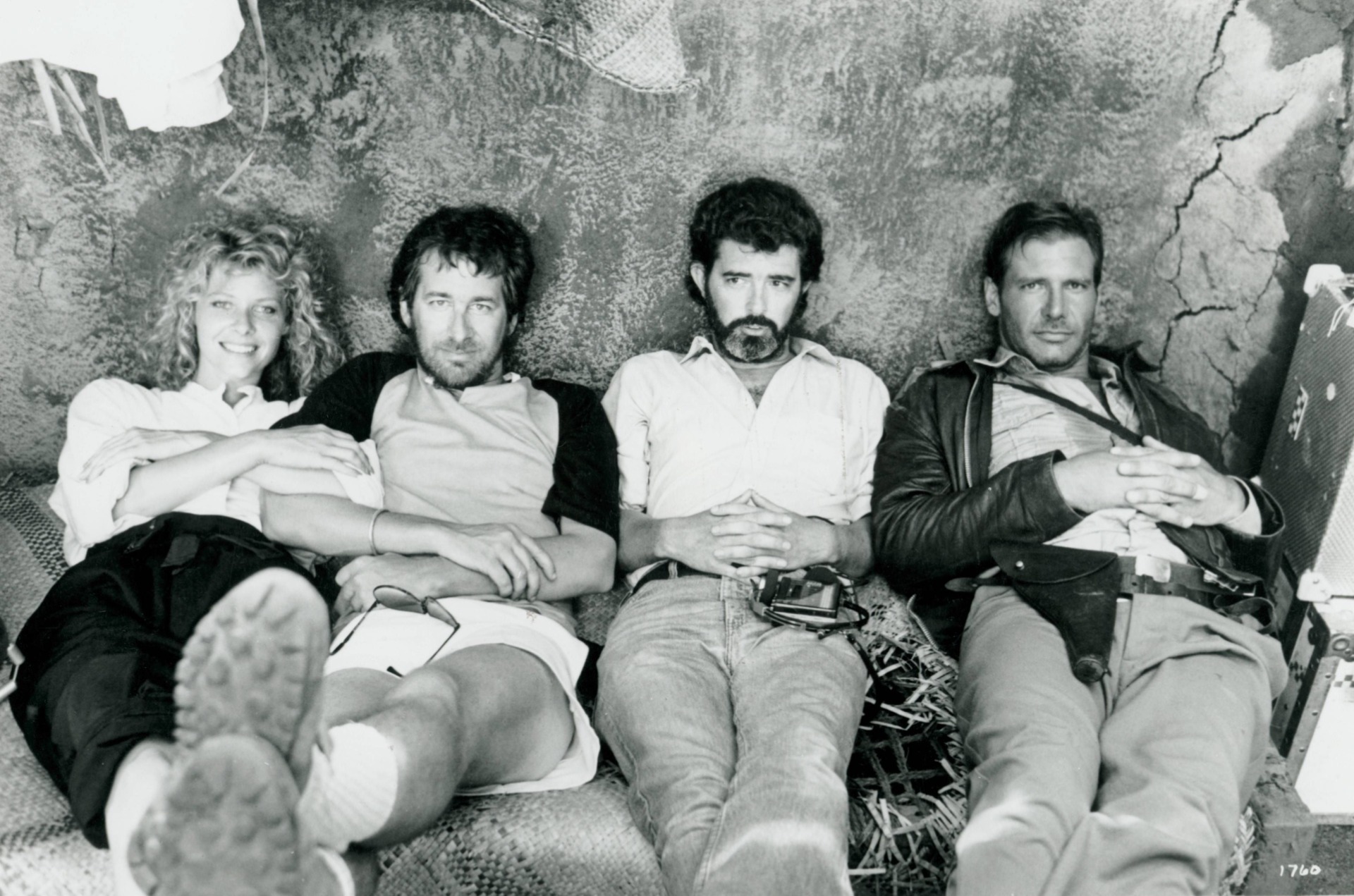
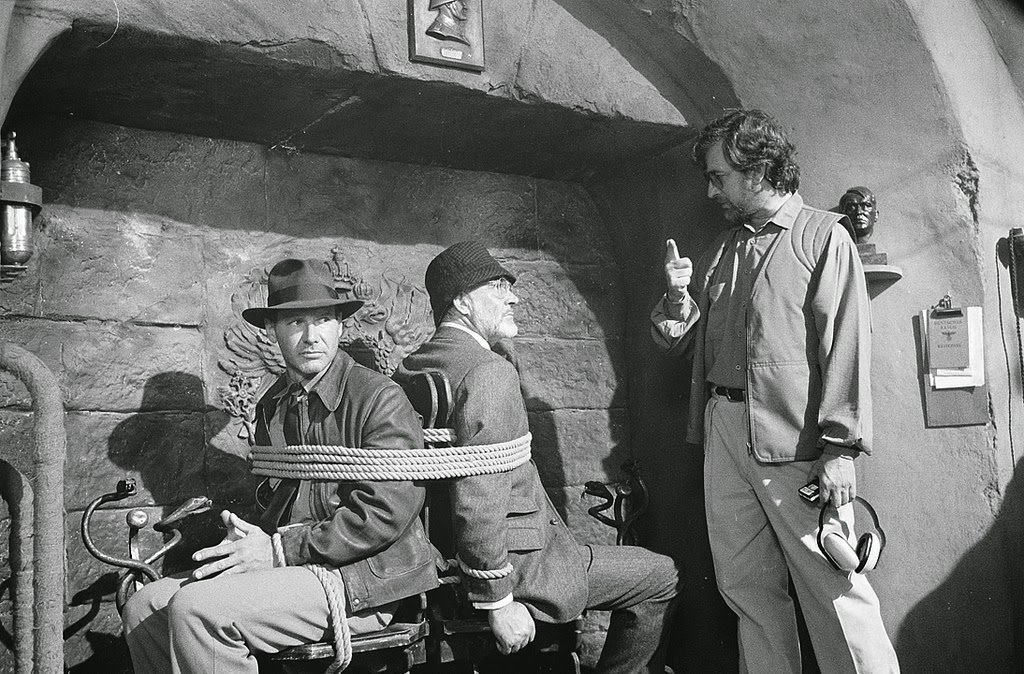
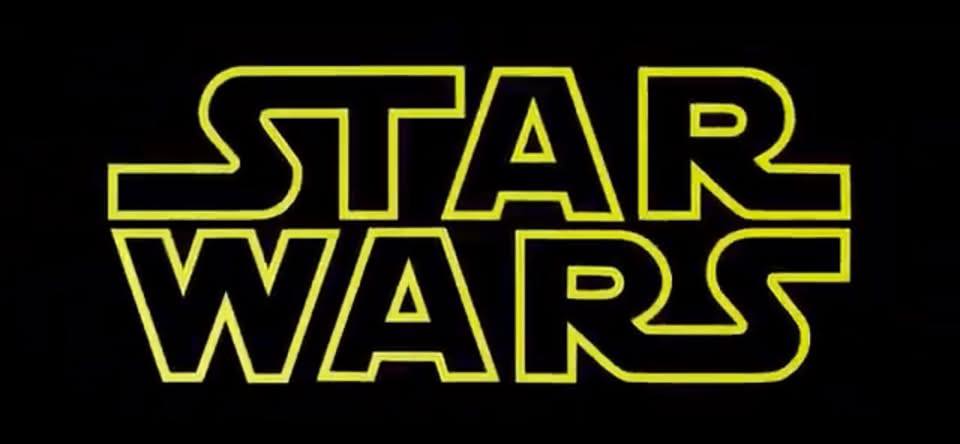
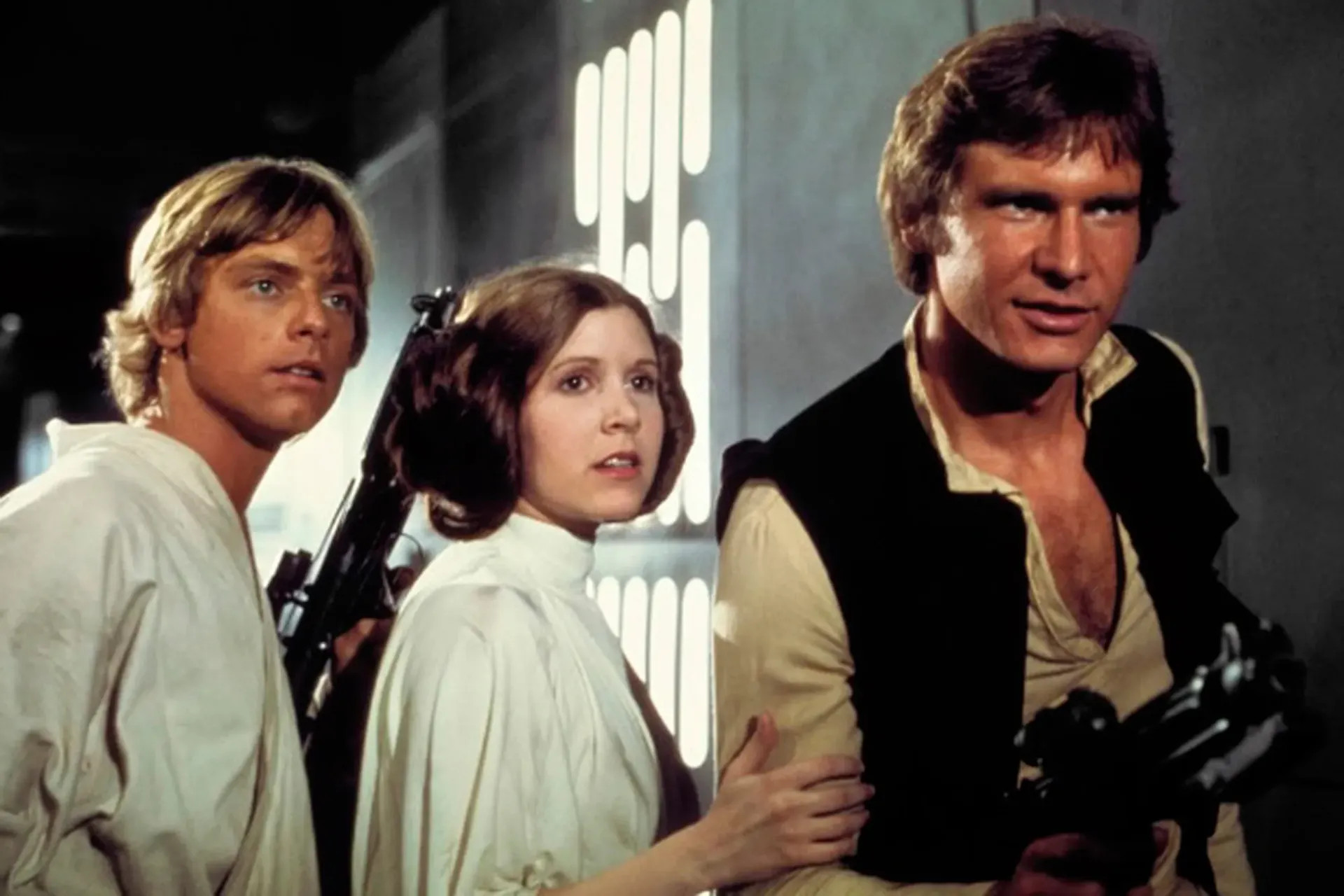
GEORGE LUCAS
Director George Lucas is an American filmmaker and writer. He studied cinematography at the University of Southern California and caught the eye of Francis Ford Coppola, who helped him enter the film business. Lucas is best known for writing and directing Star Wars and creating the Indiana Jones series, as well as founding the Industrial Light & Magic special effects company.
Early Life and Education
Lucas was born George Walton Lucas Jr. on May 14, 1944, in Modesto, California. Lucas's parents sold retail office supplies and owned a walnut ranch in California. His experiences growing up in the sleepy suburb of Modesto and his early passion for cars and motor racing would eventually serve as inspiration for his Oscar-nominated low-budget phenomenon, American Graffiti (1973).
Young Lucas became obsessed with the movie camera, he wanted to be a race car driver, but a near-fatal accident in his souped-up Fiat just days before his high school graduation quickly changed his mind. Instead, he attended community college and developed a passion for cinematography and camera tricks. Following the advice of a friend, he transferred to the University of Southern California's film school. There, he produced a short futuristic sci-fi film called Electronic Labyrinth: THX 1138 4EB, and garnered a comfortable spot under the wing of Francis Ford Coppola, who took an active interest in unleashing new filmmaking talent. Coppola convinced Warner Brothers to make a feature-length version of the film, and although a few critics recognized some philosophical depth behind all the technical wizardry, THX 1138 (re-titled) flopped terribly in its 1971 release.
Movies
'American Graffiti'
Although intimidated by the failure of his first film, THX 1138, Lucas went back to work on his next project, American Graffiti. Released in 1973, the film featured burgeoning young talents such as Ron Howard, Richard Dreyfuss and Harrison Ford, and was recognized as a stunning portrait of listless American youth in 1962 depicting, in Lucas's own words, "a warm, secure, uninvolved life." The film, made for only $780,000, grossed more than $100 million domestically. It earned five Academy Award nominations, including Best Picture, Best Screenplay and Best Director for Lucas, and is still considered one of the most successful low budget features ever made.
'Star Wars'
Now that Lucas had won back the confidence of his supporters, he set out to make a children's Saturday morning serial that would be part fairy tale, part Flash Gordon and complete fantasy and adventure set in the imaginary frontier of outer space. The project eventually evolved into a full-length feature entitled Star Wars. Released in May 1977, Star Wars blew audiences away with its awe-inspiring special effects, fantastical landscapes, captivating characters (the erroneous pairing of two bumbling droids providing, ironically, the most heart and comic relief) and the familiar resonance of popular myth and fairy tale. Made for $11 million, the film grossed over $513 million worldwide during its original release.
Lucas continued the story of the Jedi Knights and the Dark Side in The Empire Strikes Back (1980) and The Return of the Jedi (1983). In the meantime, he set up a state-of-the-art special effects company, Industrial Light & Magic (ILM), as well as a sound studio, Skywalker Sound, and began to execute more and more control over the finished product of his films. He eventually built his own moviemaking "empire" outside of the controlling influence of Hollywood in the hills of Marin Country, California.
'Indiana Jones'
Overlapping with his work on Star Wars, Lucas developed a new adventure series featuring a tough but humorous archaeologist named Indiana Jones. He cast Star Wars antihero Ford in the title role, and Steven Spielberg signed on as director for Raiders of the Lost Ark (1981), the first film in the franchise. Instead of deep space, Lucas mined the past for this box office hit, in which Indiana Jones battles the Nazis over the Ark of the Covenant.
Lucas helped create the stories and worked as a producer on the two sequels that followed. Ford starred with Kate Capshaw (Spielberg's future wife) in Indiana Jones and the Temple of Doom (1984), and in Indiana Jones and the Last Crusade (1989), audiences got to meet the hero's father, played by Sean Connery. After the third Indiana Jones film, however, Lucas prepared to return to the film franchise that made him world famous — Star Wars.
'Star Wars' Prequels
Finally, technology was catching up with Lucas's creative vision for his famous science-fiction saga. He had seen ILM's capabilities when it was commissioned to bring the dinosaurs of Jurassic Park (1993) to horrifying life. The progressions in technology convinced Lucas that it was time to go back to Star Wars.
Lucas embarked on the development of three new prequels — beginning with the menacing Darth Vader as an innocent, gifted young boy. The first in the series, Star Wars: Episode I — The Phantom Menace, was released in the spring of 1999 to high expectations and unprecedented hype and fanfare. The response to the film was mixed. Some critics and Star Wars fans found the characters childish and racially stereotyped. Others complained that the story lacked dramatic depth. No one, however, could argue about the magical quality of Lucas' technologically masterful creations.
Defending his latest creation, Lucas argued that The Phantom Menace was a children's movie, as all the Star Wars movies were meant to be before their cult-like magnetism took hold of the American public. However, a behind-the-scenes featurette that accompanied the film's release to DVD in 2001 told a different story, revealing a director who wasn't entirely satisfied with his product. "It's a little disjointed," Lucas says at one point, after watching a rough cut of the film. "It's bold in terms of jerking people around. I may have gone too far in a few places."
The second installment, Episode II—Attack of the Clones, premiered on May 12, 2002, at the Tribeca Film Festival. The third episode, Revenge of the Sith, debuted in May 2005.
Life After 'Star Wars'
In 2008, Lucas released the latest installment of his Indiana Jones series. He served as one of its writers and as a producer while Spielberg once again acted as director. Ford returned as the famed adventuring archaeologist in Indiana Jones and the Kingdom of the Crystal Skull, and was joined by Cate Blanchett and Shia LaBeouf on this new challenge. The film proved one of the summer's biggest hits.